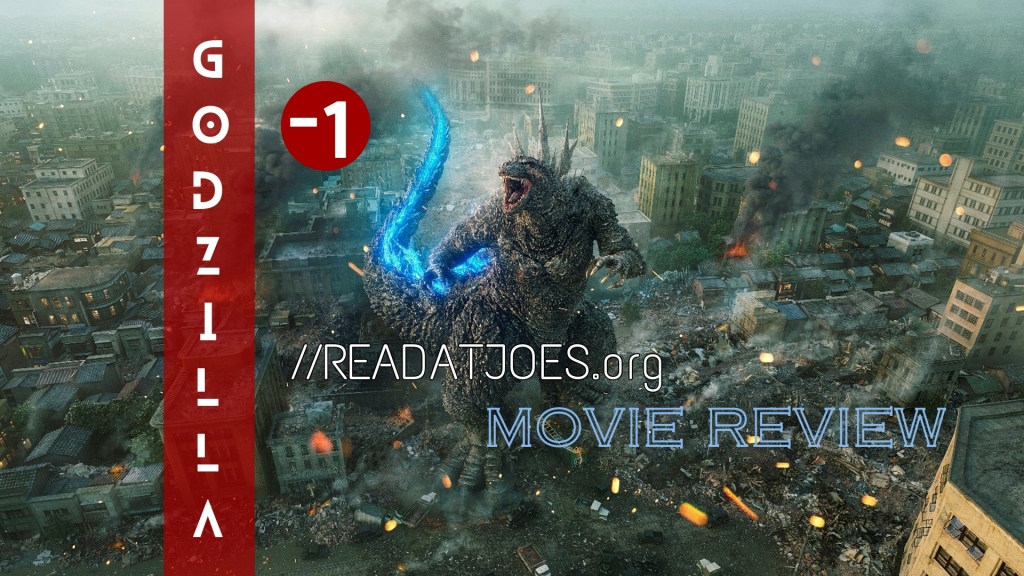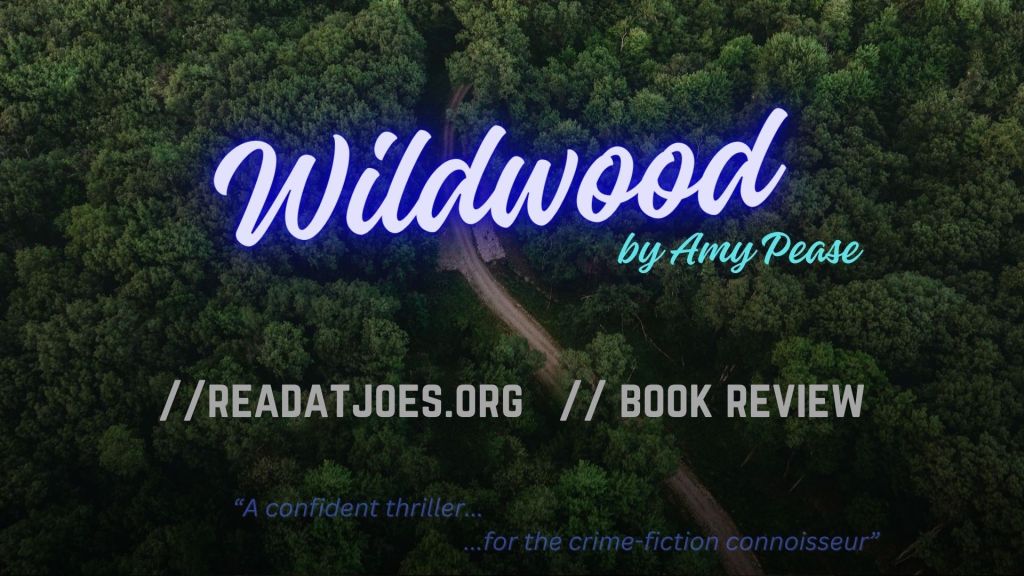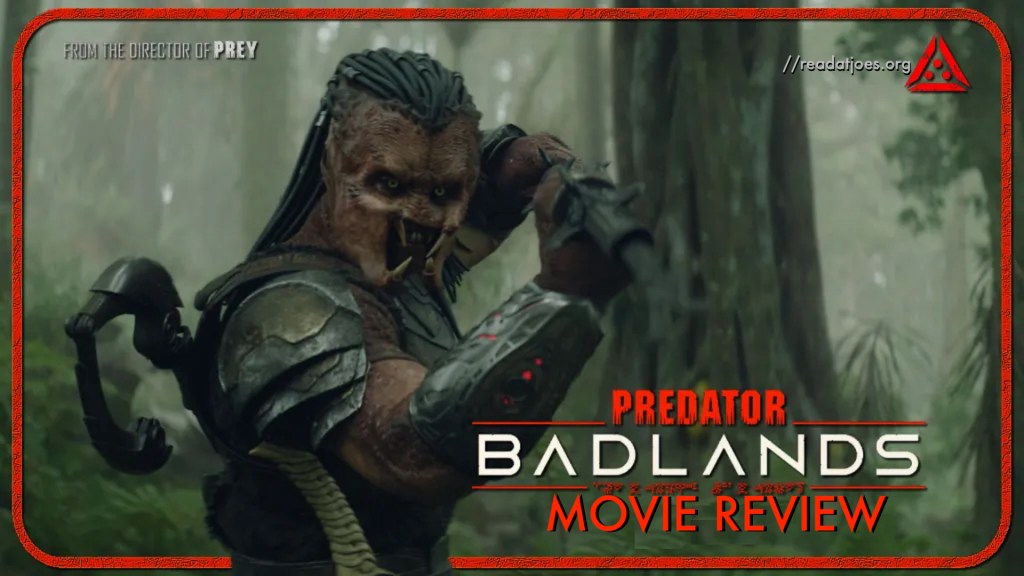| Title: Godzilla Minus One (2023) Director: Takashi Yamazaki Writer: Takashi Yamazaki Studio: Toho IMDb Plot: Post war Japan is at its lowest point when a new crisis emerges in the form of a giant monster, baptized in the horrific power of the atomic bomb. Joe Says: Godzilla Minus One not only returns the lizard to the disaster film genre, but is a level-setting restoration to horror, too. |
The Blue Öyster Cult rocker notwithstanding, it has been a while since the King of Monsters threw buses or pulled down high-tension wires out of anger or dominance. The recent Warner Bros/Legendary Godzilla movies have all been fun spectacles worthy of IMAX fantasy and pounding Dolby bass. In these fine movies, Godzilla is cheered on as his destructive ways are seen as being protective. The new Godzilla Minus One movie not only returns the lizard to the disaster film genre, but is a level-setting restoration to horror, too.

Written, directed, and vfx supervised by Takashi Yamazaki, Godzilla Minus One is a back-to-basics period piece. Tokyo has been destroyed – and not by giant green feet and atomic breath, but through the spectre of war. The Japanese people are physically and emotionally crippled. For some, World War II has yet to end. The movie focuses on Shikishima (Ryunosuke Kamiki), a terrible soldier. He’s a kamikaze pilot who has lost his way, and his nerve. After surviving an initial Godzilla attack, Shikishima returns home to nothing and with nothing.
Unlike many Godzilla movies where the human factor is mostly throwaway cliches, Yamazaki slowly and purposefully builds on Shikishima’s life. He suffers from PTSD. He is immobilized with post-war anxiety that builds in strength as does the eventual return of the eponymous creature. Shikishima meets Noriko (Minami Hamabe) and two hitch their wagons together not for love or sacrifice or strength, but out of desperation.
Mirroring this desperation is the plight of the Japanese who, as the years slowly tick by, try to rebuild their lives. Such rebuilding, of course, is demolished in minutes as once the King of Monsters makes his landfall in Ginza. Trains go hurtling through the air. Monuments of concrete breakdown as fluid as water. The destruction is immense, total, and breathtaking. Yamazaki masterfully pays homage to the bygone era of rubber suits and model sets with next-level digital realism. Godzilla Minus One is a monster mash of the highest caliber.
As with the original Godzilla movie (1954), Godzilla Minus One builds on national – and even human – pride. The struggle against Godzilla becomes a tangible target for a nation full of soldiers who are losing the fight to depression. Yes, these are all heavy, complex issues that Yamazaki works into a “silly” monster movie. The finale of it all is simply amazing.

Similar to any long-standing property, be it Batman or James Bond or Dracula, Godzilla has sustained numerous iterations. Some work. Others should be forgotten (apologies to Roland Emmerich). Godzilla Minus One is an idea that works because it resonates with human endurance and the overcoming of suffering.
And yes, the childlike glee of seeing huge structures evaporated in a blast of atomic breath.

A monsterous version of this review appears on Cinefied.






Leave a comment